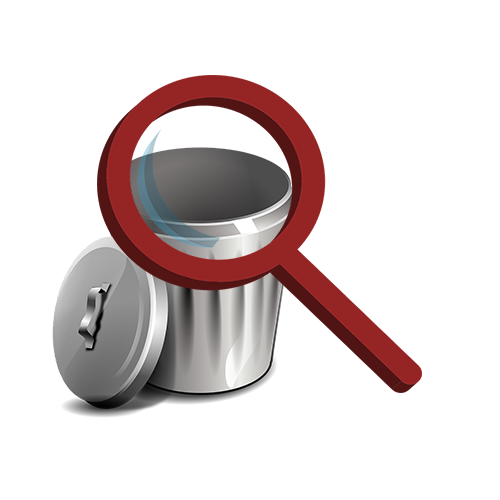A waste audit analyzes a facility’s waste stream. It identifies the type of waste and recycling materials generated, and how much of it is recovered for recycling or lost to disposal. The data from a waste audit allows organizations to identify and establish options for reduction, enhanced diversion and potential for cost savings and recovery.

Benefits of a waste audit
Reduction, reuse and recycling saves money by reducing disposal and hauling costs, and items captured for recycling can be sold as a commodity. A waste audit helps organizations identify savings and revenue opportunities.
As part of 3RCertified, organizations are required to conduct a waste audit. A waste auditor investigates the sources, composition, weight, volume, and destinations of material that an organization or facility generates. With a greater understanding of material being generated organizations can make informed choices on purchasing and procurement, which will lead to less material generated, more diversion options, and increased cost savings and environmental performance.
A thorough and efficient materials management program will increase the amount of paper, plastic, wood, glass, and metals diverted from disposal, and reduce air and water pollution, mitigate climate change, and conserve natural resources.
